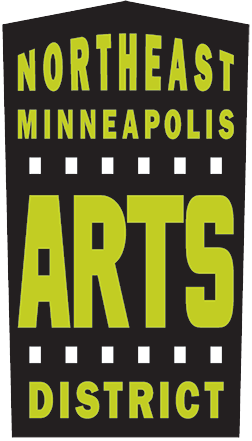The Weisman Art Museum in Minnesota is currently home to a historically resonant exhibition by California Building artist Christopher Harrison. Titled Seeking for the Lost, the exhibition runs until February 16, 2025. Seeking for the Lost not only highlights Harrison’s artistic talent but also his dedication to exploring and sharing stories that are integral to American history. The exhibition’s opening reception on October 16 promises to be a dynamic event, featuring an artist talk, a live painting demonstration, and an interactive self-portrait drawing session led by Harrison himself. This event will provide attendees with a unique opportunity to engage with the artist, learn about his creative process, and explore the themes of the exhibition in greater depth.
For more information and to register for the opening reception, visit the Weisman Art Museum’s website here.
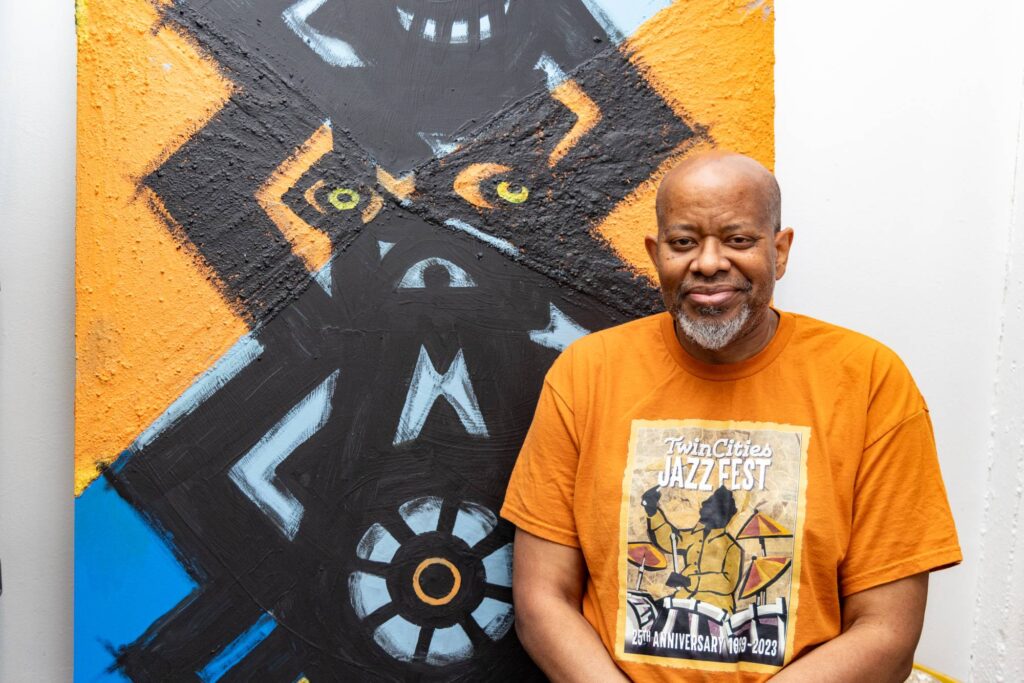
Harrison’s journey as an artist began at a young age. He started drawing around the age of four or five as a form of self-entertainment. Recognizing his talent, his parents enrolled him in art classes when he was about eight or nine. Harrison’s early passion for art was nurtured by his love of reading art books and participating in drawing competitions. These experiences, especially the recognition he received through awards, fueled his desire to pursue art further.
Harrison’s formal education in art began with a Bachelor of Fine Arts (BFA) in Retail Advertising from the Columbus College of Art and Design, which he received in 1987. He later earned a Master of Fine Arts (MFA) in Studio Arts and Painting from the Art Academy University in San Francisco, CA, in 2021. His career as an artist has been marked by both local and international exhibitions, as well as public art installations in various cities, including Minneapolis, Woodbury, and Richfield.
After completing his education, Harrison moved to Minneapolis, drawn by the city’s vibrant art scene. Initially, he worked in the corporate world as a graphic designer and art director, but after several years, he sought more creative autonomy and transitioned into fine art. This shift occurred about 15 years ago. The Northeast Minneapolis Arts District, which he describes as the “Arts Mecca for the Midwest” is where he has found his creative home. The California Building is where he has maintained a studio for the past three years.
In addition to his work as a practicing artist, Harrison is also an educator. He has been a professor of painting and drawing at the University of Minnesota for the past few years, where he shares his knowledge and passion for art with the next generation of artists. He is also actively involved with the Chicago Fire Arts Center and has collaborated with the organization on several public art projects.
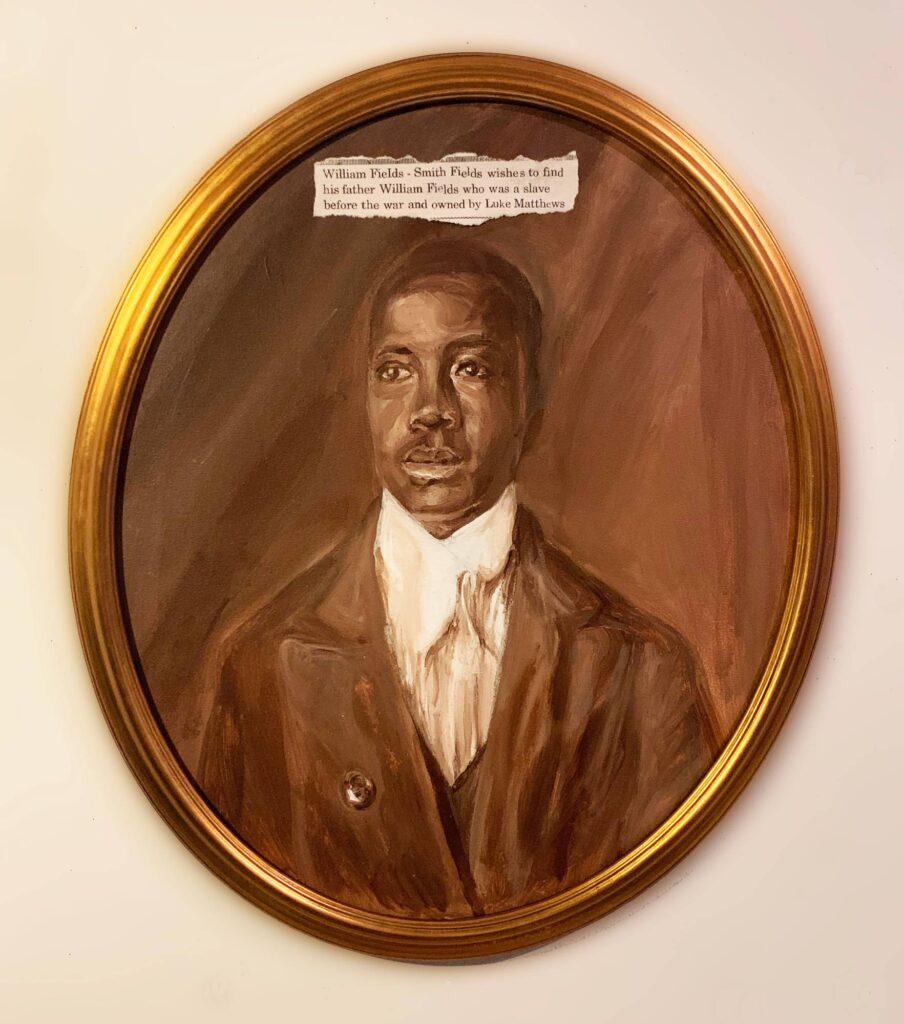
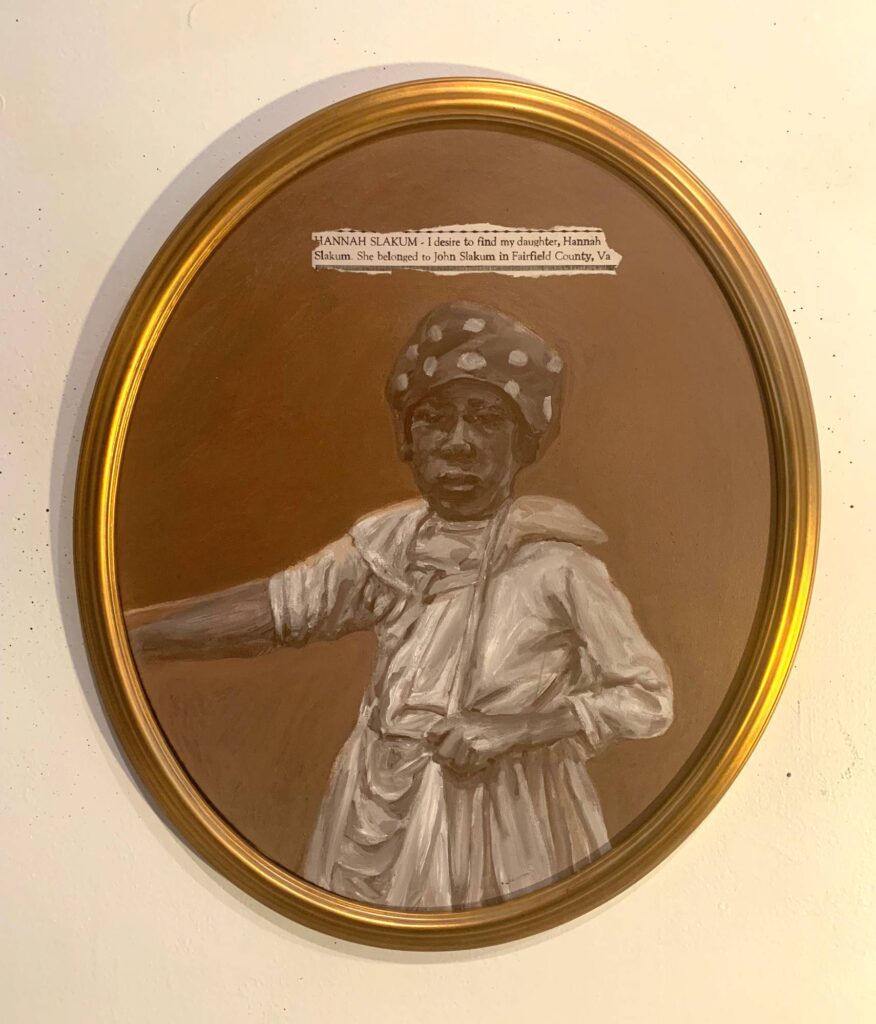
Seeking for the Lost presents a series of contemporary portraits that delve into often overlooked narratives from American history. Organized by the African American Interpretive Center of Minnesota and curated by JoJo Bell, Seeking for the Lost draws inspiration from a poignant chapter in Minnesota’s Black press history, specifically through ads published in The Appeal, a St. Paul newspaper, during the post-Reconstruction era.
The Appeal, one of the leading Black newspapers in Minnesota during the late 19th century, featured a column titled “Seeking for the Lost.” This column was dedicated to ads placed by African Americans searching for family members who had been separated due to slavery. The ads, which began appearing in the paper in 1888, became a permanent feature by 1891. These heartfelt pleas reflected the enduring impact of slavery on Black families and the deep yearning to reconnect with lost loved ones. Unlike other newspapers of the time, The Appeal offered this service for free, underscoring its commitment to aiding the Black community in the aftermath of slavery.
Harrison’s Seeking for the Lost is a visual tribute to these narratives of loss, hope, and reunion. Each of the eight 20×24 portraits on display imagines what the missing subjects described in the ads might have looked like. These portraits were meticulously crafted to represent a diverse range of ages, showcasing the breadth of people affected by the tragic realities of slavery and its lingering effects during the Reconstruction era. Through these portraits, Harrison emphasizes the concept of kinship and the unbreakable bonds that connect families.
The portraits themselves are a study in personality and perspective. Each one tells a story, not just of the individual depicted but of the collective experience of African Americans during this period. By bringing these figures to life, Harrison invites viewers to engage with American history on a deeply personal level.
For Harrison, Seeking for the Lost is more than just an art exhibit—it is a reflection on the broader themes of American history, particularly the experiences of Black Americans in the years following the abolition of slavery. He describes the exhibit as a meditation on hope, highlighting the efforts of those who sought to reconnect with their lost family members. The exhibition serves as a reminder of the enduring impact of these historical events and the importance of remembering and honoring the stories of those who lived through them.
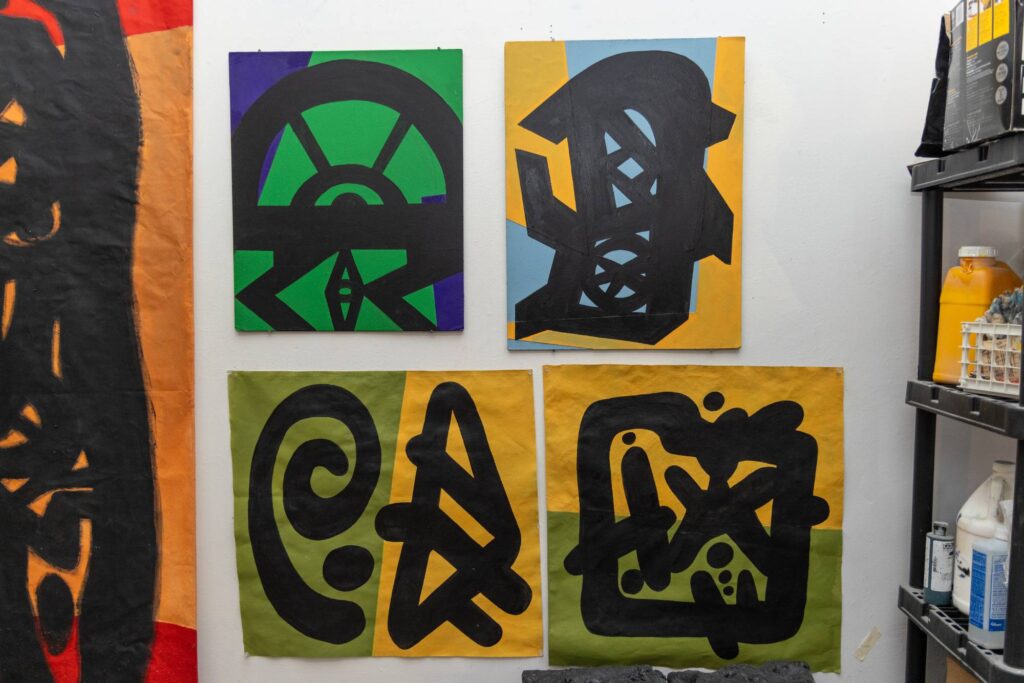
For young and aspiring artists, Harrison offers words of wisdom: “Keep working and enjoy it. Everyone’s experience counts and is important, regardless of culture. Everyone’s story needs to be shared, and art can bring people together to tell those stories.” This advice reflects Harrison’s belief in the power of art to connect people across different backgrounds and experiences, and his commitment to fostering a more inclusive and diverse art community.
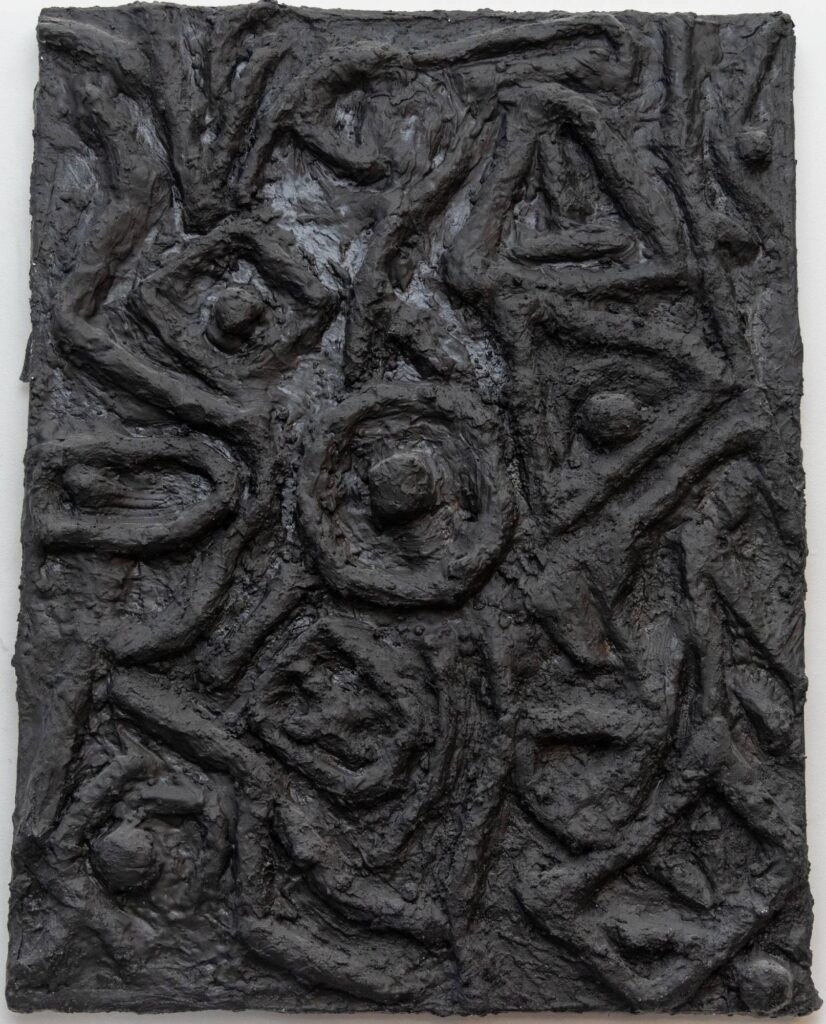
For more information and to register for the opening reception, visit the Weisman Art Museum’s website here.
Article and photos by Lisa Roy
